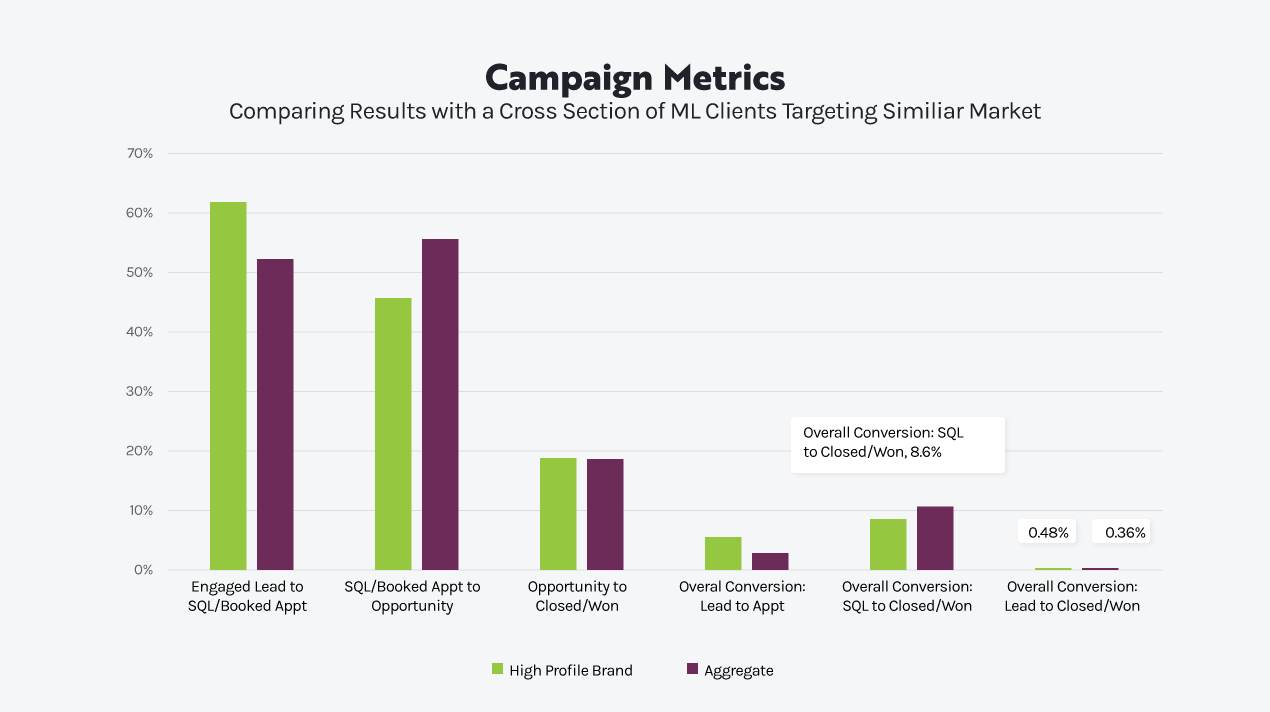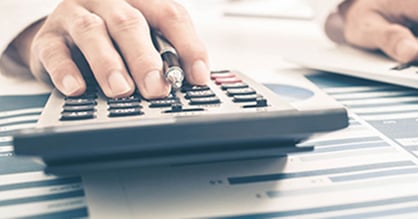Updated November 11, 2025: What’s changed since 2022.
When we first published our blog on measuring your sales conversion rate, it quickly became one of our most-read resources. But much has changed since 2022. Conversion rates are still one of the most important KPIs you can track, but how you influence them has evolved dramatically.
Key contextToday’s inbound leads (from your website, events, and referrals) are warmer and more conversion-ready than ever. We know from our own data that warm leads convert faster and more consistently than cold ones if they’re prioritized and managed effectively. That means measuring your funnel is no longer enough. You must also ensure that your follow-up process is fast, personalized, and human.
Decision-makers expect messages tied to their business priorities. Generic outreach gets filtered out. Conversion depends on relevance, and relevance is best understood through research and listening to the voice of your customer.
Related Content: AI, Intent, and Relevance Are Elevating B2B Outbound Success
AI helps identify high-potential leads and scale touchpoints, but it works best when it supports the human connection, not when it replaces it.
Related Content: Work Smarter, Sell Faster: The Best AI Tools for B2B Sales Prospecting
Conversion rates improve significantly when warm leads receive a coordinated mix of voice and email follow-up, with additional touchpoints on social and even via texting, depending on the outreach situation. The old single-channel approach doesn’t cut it anymore.
Related Content: The Power of Phone Outreach
But most importantly, the human element still matters most. We’ve written extensively on this. The relationships you build through thoughtful, intentional outreach are what move leads through the funnel. That’s why ML works closely with clients to quickly identify and act on warm leads. And when that happens, conversion rates jump. We are finding that even a backlog of older warm leads that have bubbled back up can convert at a high rate.
Related Content: Supercharging Strategy Without Losing the Human Touch
In one program, a client closed a deal in under 30 days after reactivating their warm lead backlog.
Leads are more precious than ever. Extend relevance, speed, and coordinated outreach to mid- and late-stage opportunities, especially those that have stalled. We are helping clients mine backlogs of “quiet” leads with targeted phone calls, plus email and timely digital touches. Results include re-engaged accounts, revived opportunities, and faster time-to-revenue. In one program, a client closed a deal in under 30 days after reactivating their warm lead backlog.
This full-cycle discipline also sharpens measurement. When follow-up is systematic at every stage, conversion data shows exactly where to adjust messaging, SLAs, and the channel mix to improve yield from lead to closed-won.
Bottom line: The fundamentals of measuring conversion remain the same. What drives conversion is how you engage the leads already in your funnel, especially those who have raised their hands. Start there to lift your B2B sales conversion rate today.
Related Infographic: How To Improve Your Sales Conversion Rate
***
Original blog dated June 2, 2022
I get asked this question all the time: “How much business should we be closing from our lead generation activities?” To answer this question, we first need to understand the importance of calculating conversion rates at every stage and what metrics to watch for when measuring performance.
A sales conversion rate is a way to track sales performance. It can identify the effectiveness of campaigns, tools, messaging strategies, channels, and more. This metric can be a key performance indicator (KPI) that many sales and marketing teams will use to identify the health of their strategy.
The sales conversion rate is used to measure the effectiveness of a sales strategy. It is calculated as the total number of sales divided by the total number of qualified leads multiplied by 100.
(Total Number of Sales / Total Qualified Leads) x 100 = Sales Conversion Rate
For example, if you had 32 qualified leads and made 20 sales your sales conversion rate would be 62.5%
(20 sales / 32 qualified leads) x 100 = 62.5%
There are too many variables to offer a one-size-fits-all answer. But if you measure the right metrics, you will be able to hone in on the areas where you can make the greatest impact and maximize your results.
Many companies tend to measure the quantity of Marketing Qualified Leads (MQLs), and Sales Qualified Leads (SQLs). But to understand what is working and what isn't, it's important to look at the conversion ratios at each stage in the process.
I find that many companies measure those components separately from one another. The analysis often resembles this structure:
KPI's and Metrics Sales & Marketing Teams Track
(Total MQLs that reached SQL status / Total MQLs) x 100 = MQL to SQL Conversion Rate
(Total opportunities / Total sales qualified leads) x 100 = SQL to Opportunity Conversion Rate
(Total closed won / Total opportunities) x 100 = Close Won Conversion Rate
A client with very high-name recognition in their field asked us to compare their sales results to other clients we were working with within similar markets. We looked at an aggregate of data across several campaigns to provide them with accurate analytics.
Ultimately, we found that their name recognition led to a higher volume of lead activity and higher conversions from lead to booked appointment with a sales executive. Overall, their lead-to-sale conversion rate was nearly double the average rate of our other campaigns. However, their conversion from SQL to sales opportunity (actual dollars in the sales pipeline) was significantly lower than the average we saw across our other clients.
Once the leads got to Opportunity stage, the client with high-name recognition had a similar closing ratio as our other clients.
In this example, ultimately, the answer was yes. But not as dramatically as we may have initially suspected -- we wouldn't have discovered that without measuring the conversion metrics from beginning to end.
As the chart below indicates, the client with high-name recognition ultimately had a lower conversion from SQL to Closed/Won – which might point to areas in the early stages of their sales process that they could refine. Unfortunately, many businesses overlook that critical section of the funnel – the conversion from SQL to Opportunity – because they look at lead production and opportunity closing ratios in a vacuum.

Sure, our client’s Lead to Closed/Won conversion rate was higher than the aggregate, but that doesn’t hide the fact that time and resources have been spent on introductory meetings that are not progressing.
Let’s try reducing the number of initial leads so that we can focus on identifying those who are more likely to become a high-level sales opportunity.
Additionally, it may be beneficial to regroup with the sales team and develop new strategies for assessing the prospect’s pain points once they’re in that SQL stage.
If lead-to-SQL and the closing ratio stayed the same, but we could raise the conversion of SQL-to-Opportunity to that of the aggregate, then our client could see 20% more in new business revenue.
When you are setting your sales goals, you will be working backward to establish how much activity is needed to keep the pipeline at a profitable level. Throughout the year, remember to measure KPIs at every stage; this will help you identify where you need to tweak the process to ensure you get to your desired sales revenue.
Generating inbound leads is not enough to close a deal. You need a proactive outbound strategy to turn those leads into opportunities. The investment you make to refine your inbound strategy will pay for itself.
If your goals include improving your conversion rates, consider partnering with our prospecting experts. Get in touch with our team.




